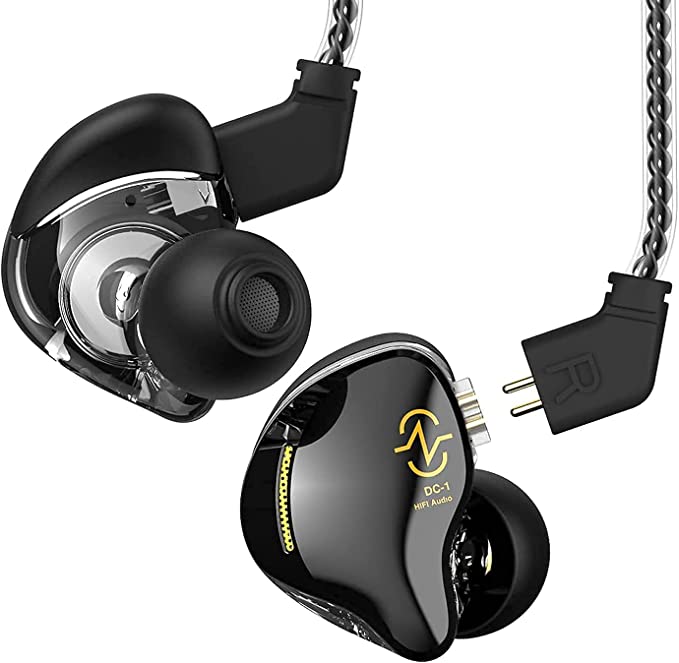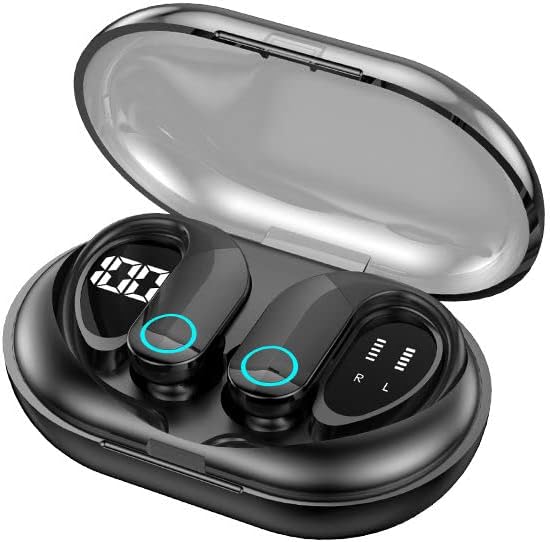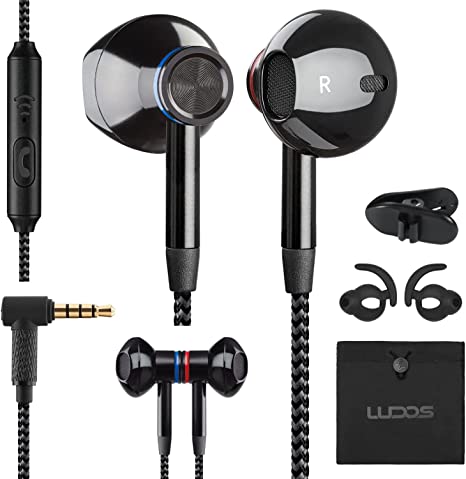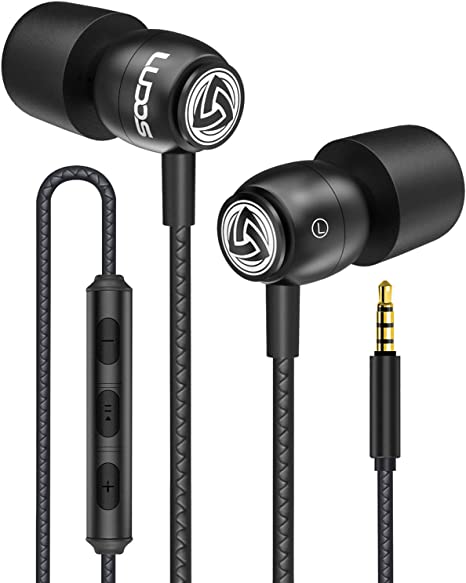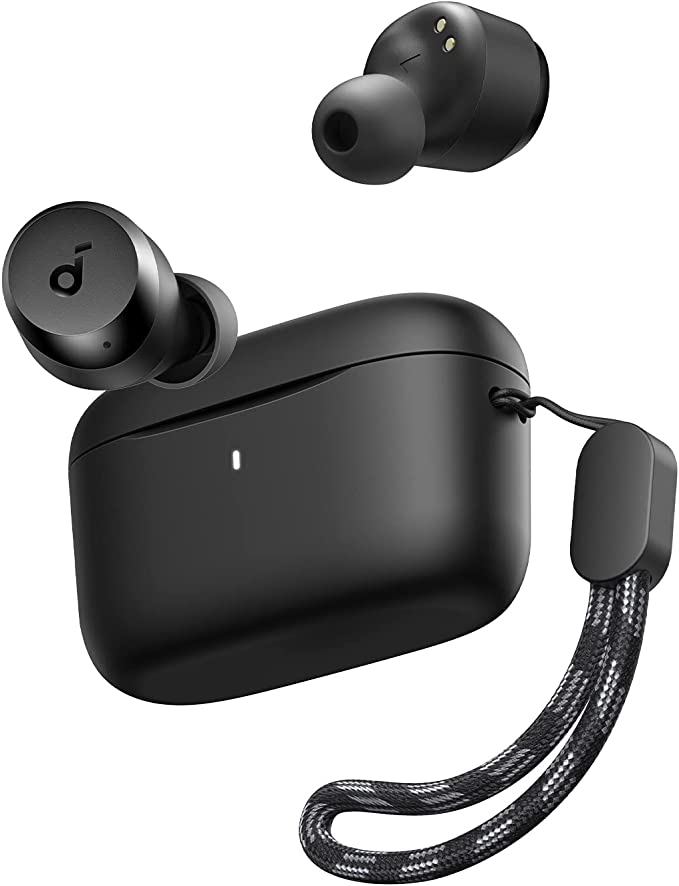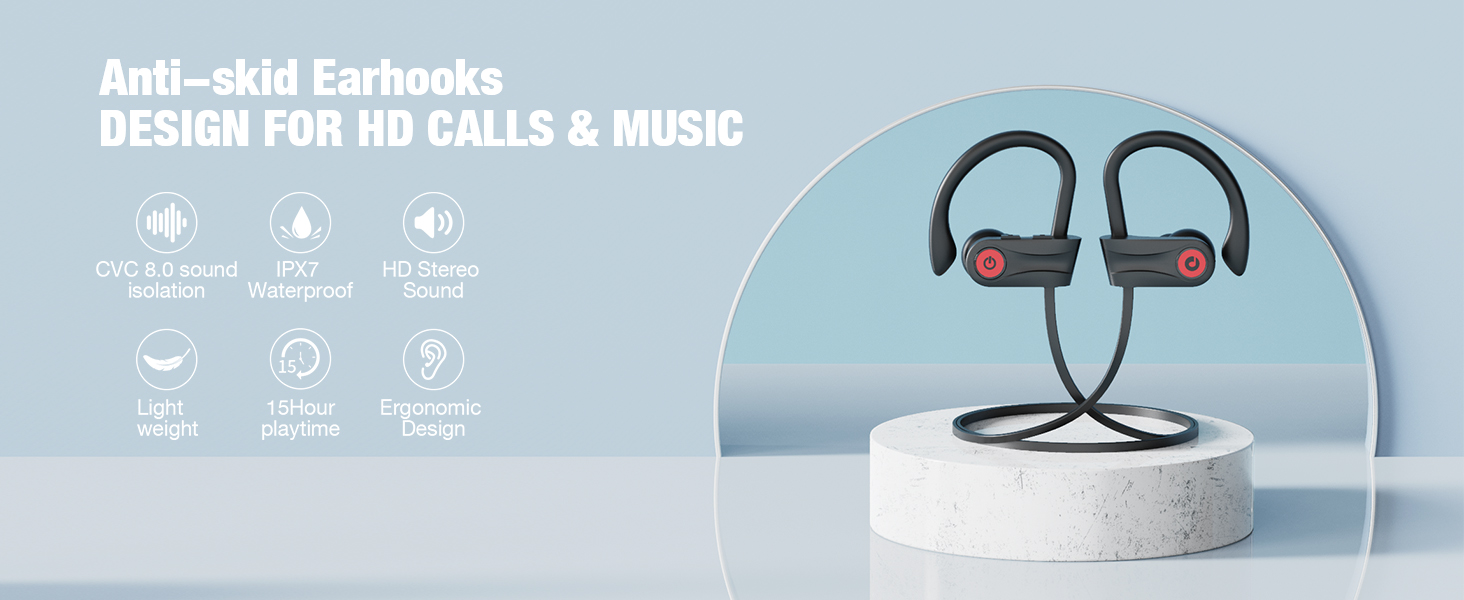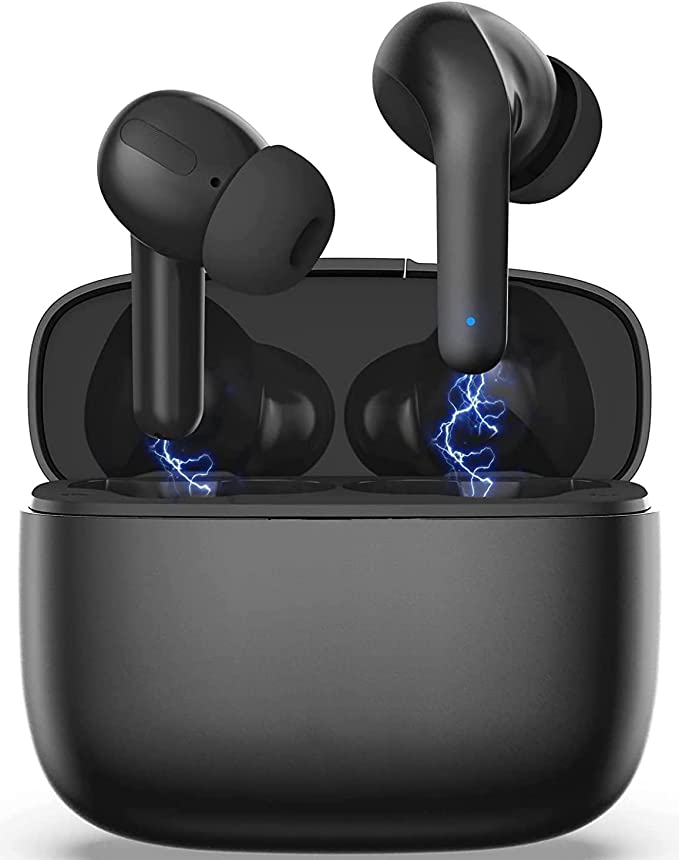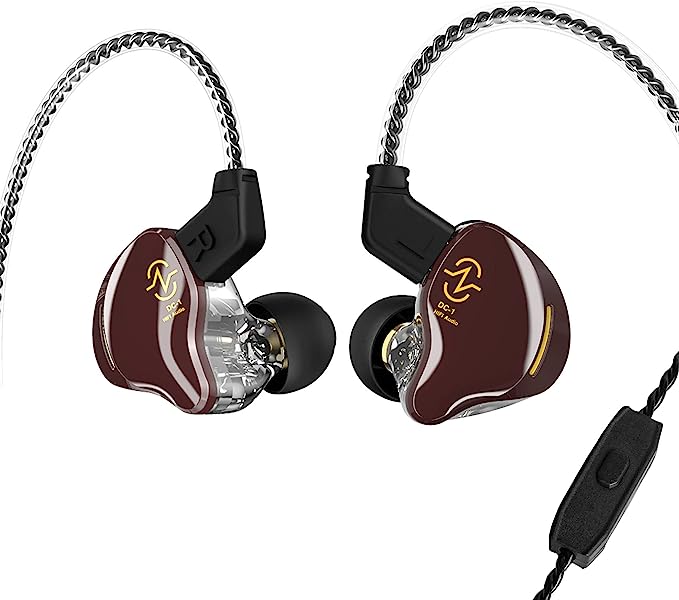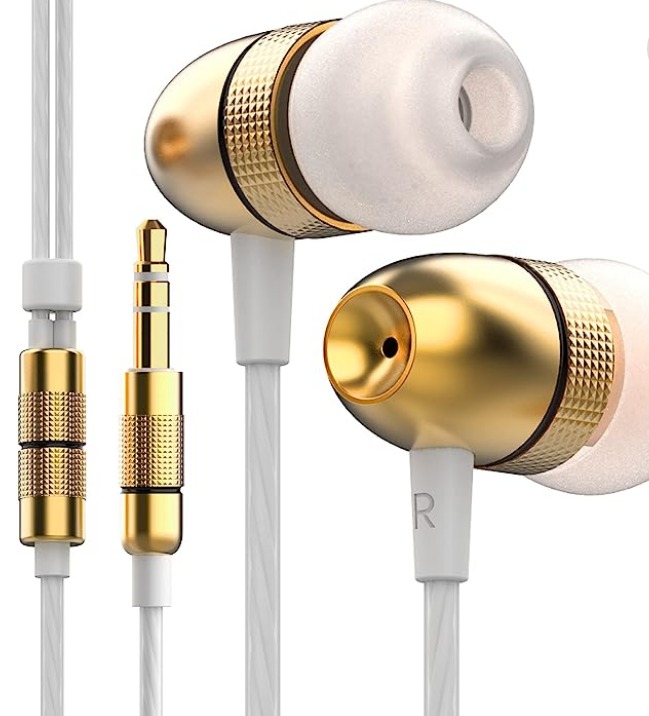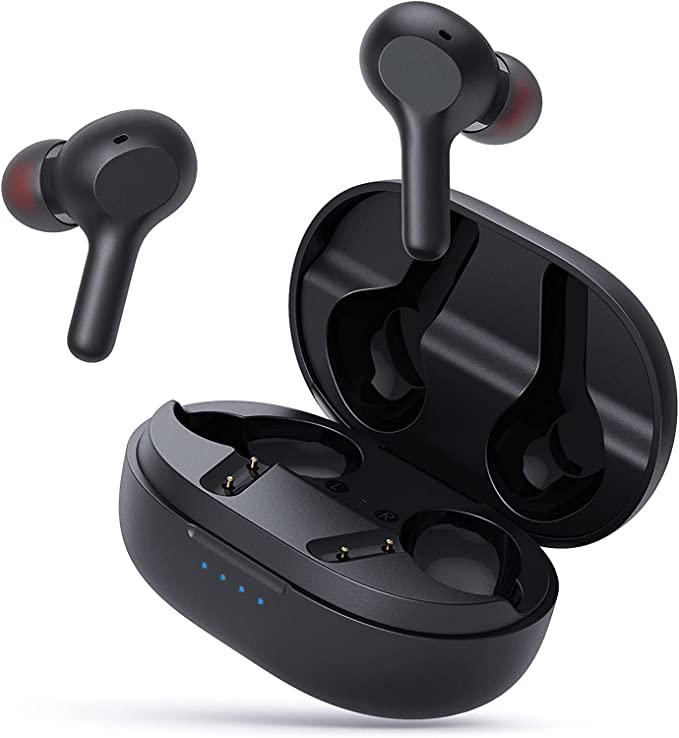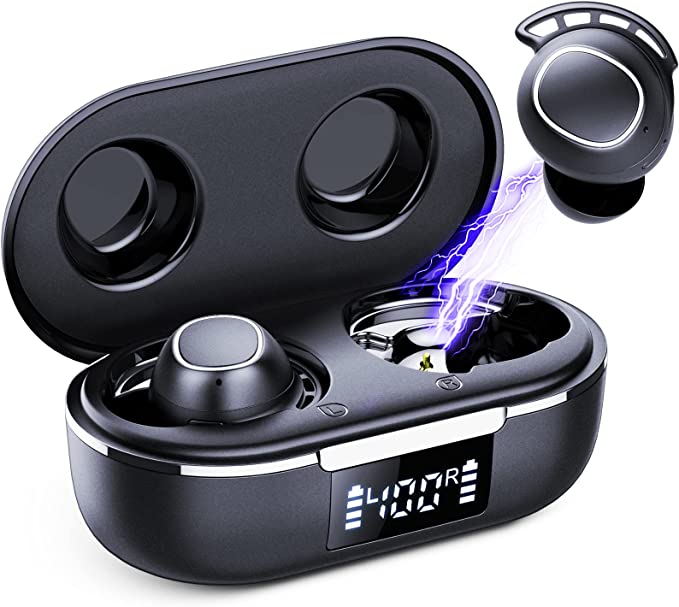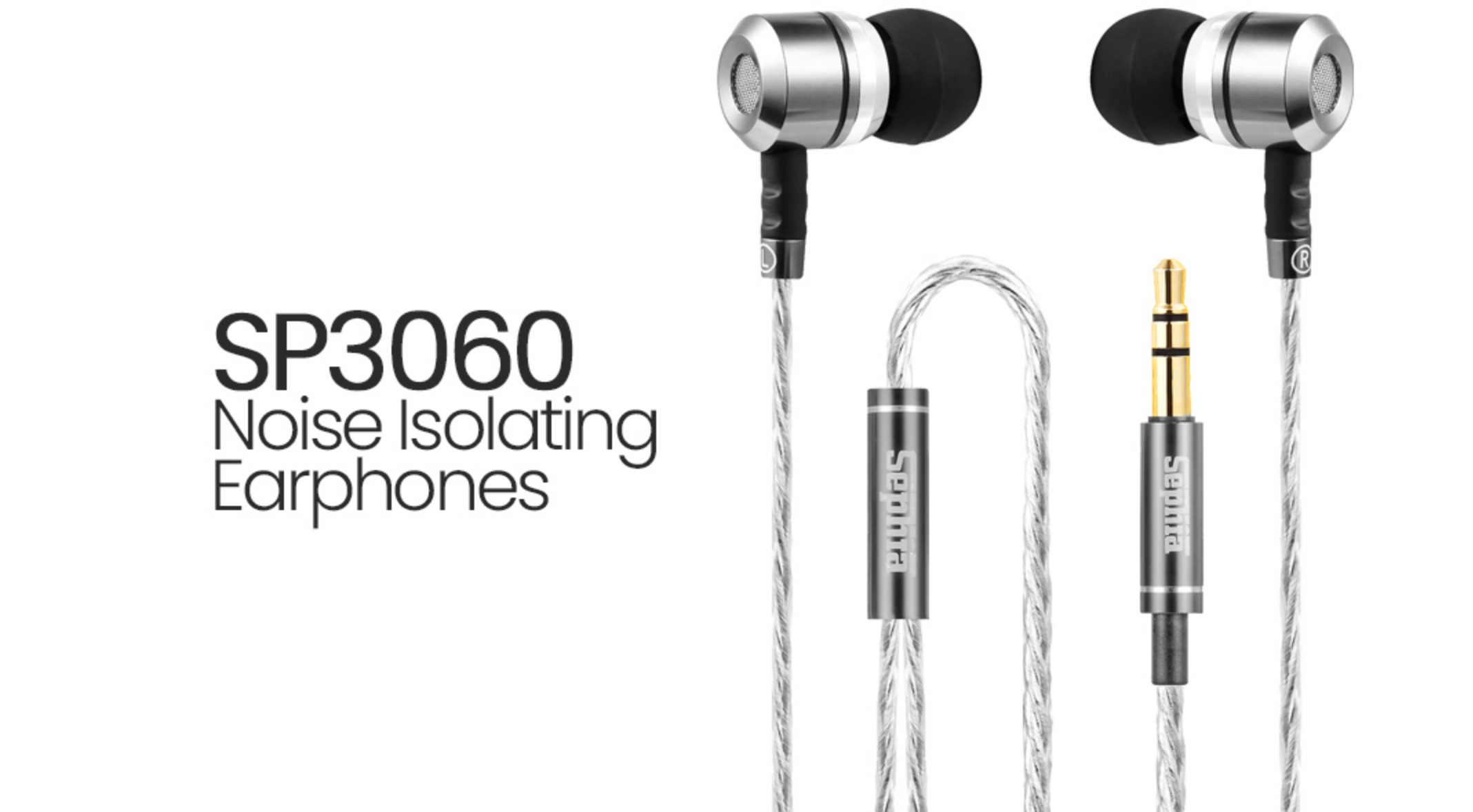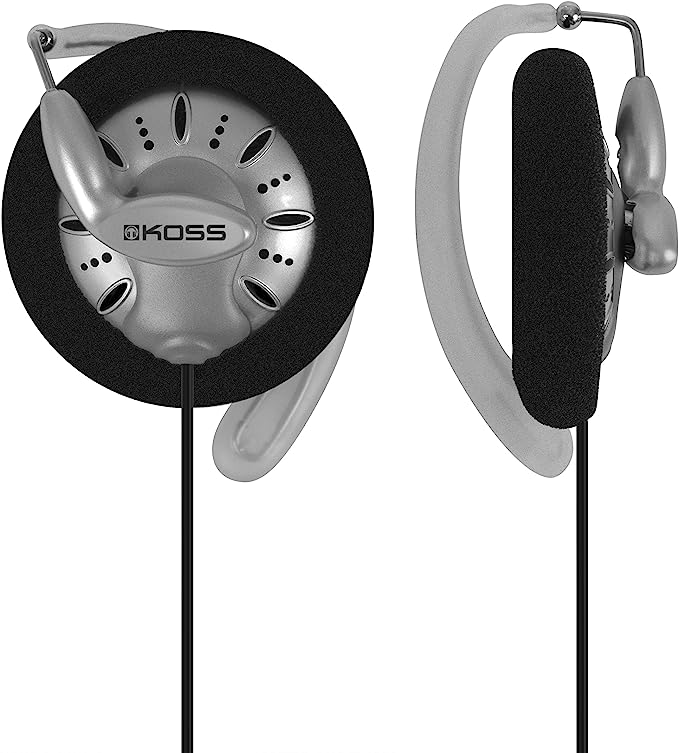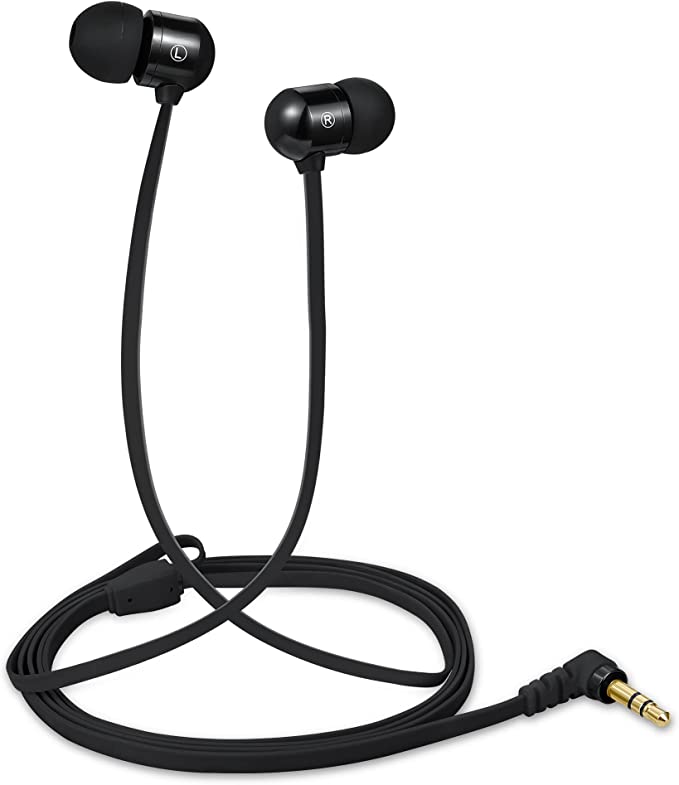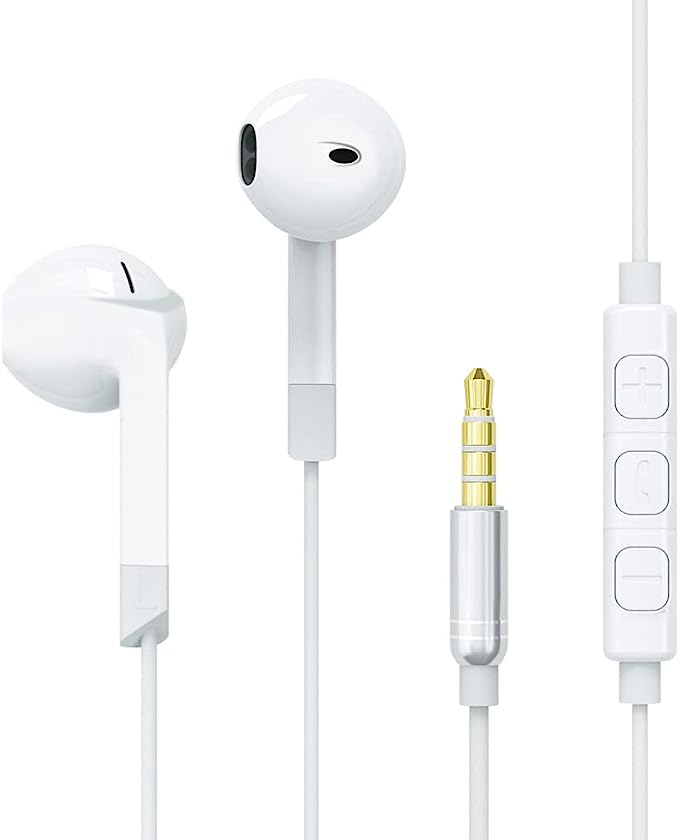The Neckband Advantage: Decoding aptX-HD in a $30 Budget Earbud
Update on Nov. 14, 2025, 9:55 a.m.
In the current audio market, dominated by True Wireless (TWS) earbuds, the “wired” Bluetooth neckband seems like a relic. But in the budget-audiophile world, this form factor is experiencing a quiet resurgence. Why? Because the neckband’s perceived disadvantage—the wire—is actually its single greatest engineering advantage.
This design philosophy is perfectly encapsulated by the SoundPEATS Q30 HD+, a $30-40 neckband with over 3,000 ratings. On paper, it boasts a spec sheet that shouldn’t be possible at its price: a Qualcomm QCC3040 chip, aptX-HD codec support, and large 10mm drivers.
This isn’t just good value; it’s a lesson in smart engineering. The Q30 HD+ and its neckband brethren solve the fundamental “TWS trilemma”: in a tiny TWS earbud, you can have (at best) two of the following three: small size, high-end components, or a low price. The neckband lets you have all three.

The Engineering Advantage: Space and Separation
In a TWS earbud, everything must be crammed into a tiny, sealed shell: the driver, the battery, the amplifier, and the Bluetooth chip. This creates compromises. A big battery means a bulky earbud. A big driver means less room for a battery.
The neckband design brilliantly sidesteps this problem by separating the components. * The “Brains” (Chipset): The Qualcomm QCC3040 chip doesn’t live in the earbud; it lives in the in-line control module. * The “Power” (Battery): The 120mAh battery also lives in the in-line modules, not in your ear.
This separation is the key to the Q30 HD+’s entire value proposition. By moving the electronics out of the earpiece, it frees up precious space for the one component that actually makes the sound: the driver.

Decoding the Audio Chain: aptX-HD + 10mm Drivers
This is the one-two punch that makes the Q30 HD+ a budget-audiophile contender.
1. The “Brains”: Qualcomm QCC3040 with aptX-HD
The QCC3040 is a modern, powerful Bluetooth 5.2 chip. Its most important feature here is support for the aptX-HD codec.
* What is a Codec? A codec is a “translator” that compresses audio for Bluetooth transmission. The standard codec, SBC, is like a “lossy” JPEG. It compresses audio heavily, discarding data to maintain a connection.
* Why aptX-HD is Better: Think of audio as a stream of water. SBC is a standard garden hose. aptX-HD is a high-pressure fire hose. It supports 24-bit/48kHz audio at a high bitrate (576 kbps). This means far more audio data reaches the earbuds, preserving the high-frequency details, texture, and “air” in a recording that are simply lost by the standard SBC codec. This is the “Hi-Fi Stereo” promise, and it’s a feature normally found in $100+ headphones.
2. The “Brawn”: 10mm Dynamic Drivers
Because the earpiece is now just a “dumb” shell, there is ample room for a large 10mm dynamic driver. A larger driver can move more air, which is a physical requirement for producing a rich, “Immersive Bass” response without distortion. This potent combination—a high-fidelity signal from aptX-HD powering a large, capable driver—is the source of the “great sound” and “good bass, mids and highs” that reviewers praise.

The Real-World Trade-Offs (As Told by 3,177 Reviews)
No $30 product is perfect. The value of a product is its features weighed against its compromises. Based on thousands of reviews, here is the real-world performance of the Q30 HD+.
The Durability Paradox: (A Surprising Win) * The Claim: IPX5-rated, meaning it’s “sweatproof” but not “immersion proof.” * The Reality: This product is a tank. User “Ashley Marie” provides one of the most compelling durability reviews online: “Lasted 1.5 years… I wear them while I groom dogs full time… beaten up, getting wet and all that jazz.” Another user, “Keenan,” reports theirs lasted 2.5 years before the charging port cover finally disintegrated. For a $30-40 device, this level of real-world durability is exceptional.
The Form Factor Advantage: (A Win) * The Claim: A simple neckband design. * The Reality: Users love this. “Harder to lose than individual earbuds,” says one. Another (“Li La”) loves the magnetic earpieces, which click together. While one user (“Bill H.”) found the magnets “weak,” the core benefit remains: you can pop them out and let them hang securely around your neck, a feature TWS earbuds can never offer.

The Battery Life Discrepancy: (The Main Trade-Off) * The Claim: “Up to 12 hours” of playtime. * The Reality: This appears to be highly optimistic. One detailed review from “Andrew T. Hall” directly contradicts this: “It’s rated for up to 13 hours… but I consistently got between 4-6 hours.” * Analysis: This is the product’s primary trade-off. It’s possible the 12-hour metric was achieved at 30% volume using the SBC codec. Running the more powerful aptX-HD codec (which requires more processing) at 50-60% volume will logically result in a shorter 4-6 hour battery life. While this is a major discrepancy, 4-6 hours is still a very usable runtime, and the modern Type-C port allows for a fast 1.5-hour recharge.

Coda: An Engineering Solution, Not a “Cheap Earbud”
The SoundPEATS Q30 HD+ isn’t just a “cheap” pair of earbuds; it’s a smartly engineered product. It leverages the “unfashionable” neckband form factor to deliver an audio-first experience that TWS earbuds at this price cannot match.
It is a tool for a specific user: the pragmatist who is tired of losing a $150 TWS bud, the worker who needs all-day durability, and the budget audiophile who wants to hear the difference an aptX-HD codec actually makes. Despite a very optimistic battery claim, the Q30 HD+’s combination of high-fidelity audio, 4.1-star user-validated durability, and “hard to lose” design makes it one of the most compelling value propositions in wireless audio.

